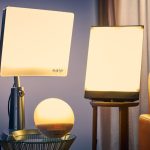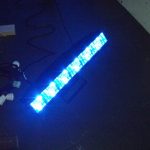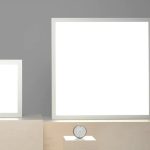Blue Light Therapy: The Surprising Solution for Anxiety Relief
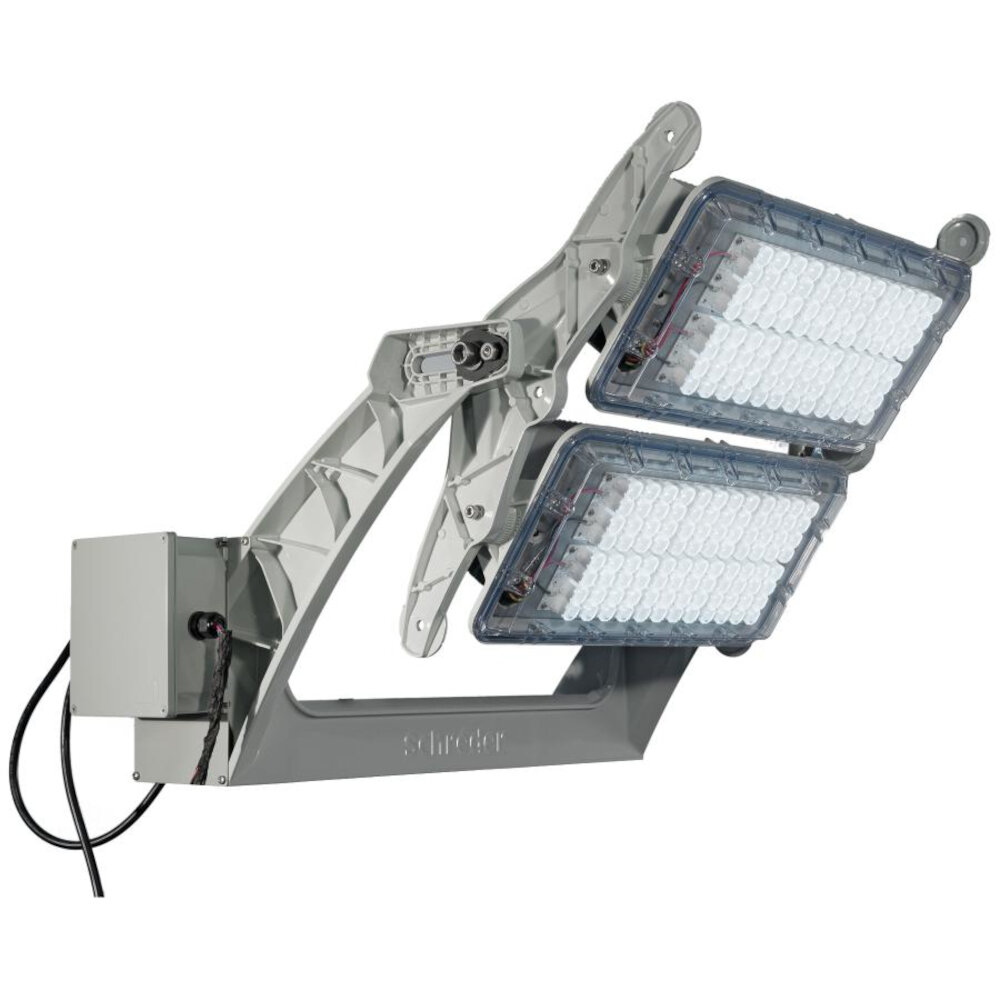
In today’s fast-paced and technology-driven world, anxiety has become a common problem for many people. With the constant exposure to screens, whether it be from smartphones, laptops, or television, our body’s natural sleep-wake cycle can easily become disturbed. This, in turn, can lead to an increase in anxiety levels, making it challenging for individuals to relax and unwind. While traditional methods of anxiety relief, such as therapy or medication, are effective, there is a lesser-known solution that is gaining popularity: blue light therapy. Blue light therapy, also known as light therapy or phototherapy, is a treatment that uses specific wavelengths of light to improve various health conditions, including anxiety. The therapy involves exposing individuals to blue light for a set amount of time each day, typically 30 to 60 minutes. The light is emitted from a special lamp or device and is designed to mimic the natural light that we receive from the sun. While blue light therapy is most commonly associated with the treatment of seasonal affective disorder (SAD), recent studies have shown that it can also be an effective solution for anxiety relief.
Anxiety is a common mental health disorder characterized by excessive fear, worry, and nervousness. It can manifest in various ways, such as panic attacks, phobias, and obsessive-compulsive disorder. Anxiety can be triggered by a range of factors, including stress, trauma, genetics, and environmental factors. It is a prevalent condition, affecting millions of people worldwide, with women being twice as likely to experience it compared to men. According to the World Health Organization, anxiety disorders are among the most prevalent mental disorders worldwide, with an estimated 264 million people affected. Anxiety can have a significant impact on an individual’s quality of life, leading to difficulties in social interactions, work, and daily activities.
Traditional treatment methods for anxiety have long included various forms of therapy such as cognitive-behavioral therapy, talk therapy, and exposure therapy. These therapies aim to change negative thought patterns and behaviors that contribute to anxiety disorders. Additionally, medications such as benzodiazepines and selective serotonin reuptake inhibitors (SSRIs) are commonly prescribed to manage symptoms. However, these treatments can have side effects and may not be effective for everyone. As such, many individuals seek alternative forms of treatment, such as blue light therapy, to supplement or replace traditional methods.
What is Blue Light Therapy?
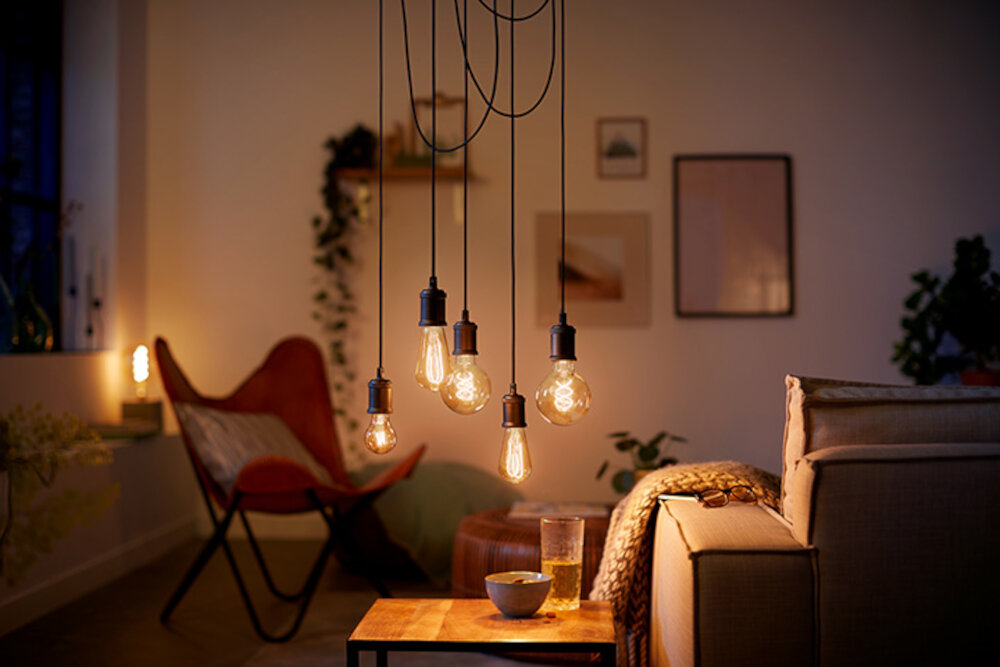
Blue Light Therapy is a non-invasive treatment that has been gaining popularity in recent years. It involves the use of blue light to help alleviate a variety of health conditions, including anxiety. Blue light has been found to have a calming effect on the brain, which can help to reduce feelings of anxiety and stress. This type of therapy is often used as an alternative to traditional treatments such as medication and talk therapy. The therapy works by stimulating the production of serotonin, a neurotransmitter that helps to regulate mood and reduce anxiety. Blue light therapy is typically administered through a light box or lamp and can be done in the comfort of your own home. The treatment is simple and painless, with no known side effects. It is also relatively affordable compared to other treatment options, making it an accessible choice for those looking to manage their anxiety. With its growing popularity, blue light therapy is quickly becoming a go-to solution for those seeking relief from anxiety and other related conditions.
Blue light therapy is a treatment that involves exposure to blue light to alleviate symptoms of anxiety and depression. This therapy works by targeting the retinal cells in the eyes, which then send signals to the brain to regulate mood and improve overall well-being. The blue light used in this therapy has a wavelength of around 480 nm, which is believed to be the most effective in stimulating the brain’s natural mechanisms for regulating mood. Blue light therapy is a safe and non-invasive treatment that can be used alone or in combination with other therapies to relieve symptoms of anxiety and depression.
Blue light therapy is a unique approach to treating anxiety because it targets the brain directly. When blue light enters the eyes, it stimulates the production of serotonin, a neurotransmitter that regulates mood and anxiety levels. Specifically, blue light activates retinal cells that send signals to the suprachiasmatic nucleus (SCN) in the brain, which controls our circadian rhythm. By stimulating the SCN, blue light therapy can regulate our sleep-wake cycle, which in turn can improve anxiety symptoms. Additionally, blue light can also affect the activity of the amygdala, a part of the brain that processes emotions and fear responses. By reducing the activity of the amygdala, blue light therapy can help to alleviate anxiety and promote relaxation. Overall, blue light therapy is a promising approach to treating anxiety that works by modulating the brain’s neural activity.
Blue light therapy devices come in different forms, each with its unique features and benefits. Light therapy lamps, for example, emit blue light that mimics the natural light of the sun, which can improve mood, increase energy, and reduce anxiety. Other devices include blue light glasses that filter out harmful blue light and promote better sleep, and blue light therapy masks that target acne and skin rejuvenation. Additionally, light therapy boxes are portable devices that emit blue light to help alleviate seasonal affective disorder (SAD) and other mood disorders. With the increasing popularity of blue light therapy, there are now various types of devices available to suit different needs and preferences.
Research on Blue Light Therapy for Anxiety
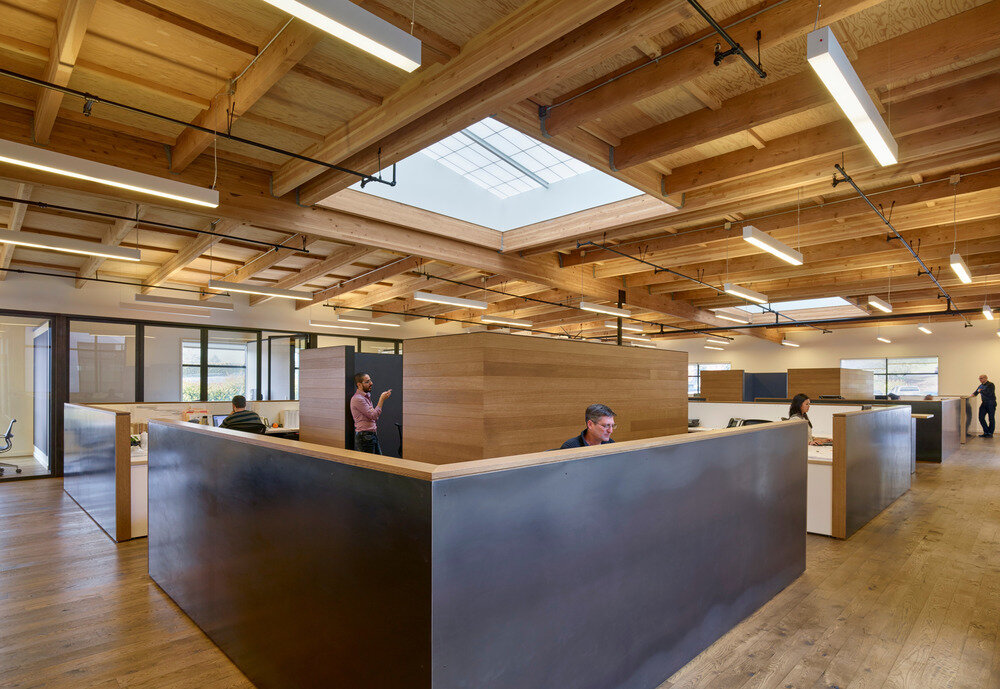
Blue light therapy has been gaining popularity as a non-invasive and drug-free treatment for anxiety. Research has shown that blue light exposure can reduce symptoms of anxiety by targeting the biological mechanisms that regulate our circadian rhythm and mood. One study found that participants who received blue light therapy for four weeks reported a significant reduction in anxiety levels compared to those who received a placebo treatment. Another study found that blue light therapy improved mood and alertness in individuals with seasonal affective disorder, a type of depression that occurs during the winter months. The potential benefits of blue light therapy for anxiety extend beyond just improving mood and reducing anxiety symptoms. Blue light exposure has also been shown to improve sleep quality, which can have a positive impact on overall mental health and well-being. In fact, research has shown that sleep disturbances are closely linked to anxiety and other mood disorders. By regulating the body’s natural sleep-wake cycle, blue light therapy may help individuals with anxiety get better quality sleep, which can ultimately lead to improved mental health outcomes. Overall, the research on blue light therapy for anxiety is promising and suggests that this non-invasive and drug-free treatment may be a valuable addition to the range of options available for individuals struggling with anxiety.
Blue light therapy has gained popularity as a non-invasive and drug-free approach to alleviate anxiety symptoms. Studies have shown that blue light therapy may help reduce anxiety levels by regulating the body’s circadian rhythm, improving sleep quality and enhancing the production of serotonin, a neurotransmitter that helps regulate mood. One study conducted on patients with Generalized Anxiety Disorder found that daily blue light exposure significantly reduced anxiety symptoms compared to a control group. Another study found that blue light therapy was effective in reducing symptoms of Seasonal Affective Disorder, a type of depression that occurs during the winter months due to reduced exposure to natural sunlight. While more research is needed to determine the long-term efficacy of blue light therapy for anxiety, current studies suggest that it may be a promising and natural alternative to traditional anxiety treatments.
The results of numerous studies on blue light therapy have shown promising findings in its effectiveness in treating anxiety. One study found that patients who received blue light therapy experienced a significant reduction in anxiety symptoms compared to those who received a placebo treatment. Another study found that blue light therapy not only decreased anxiety, but also improved sleep quality and duration. Additionally, blue light therapy has been shown to stimulate the production of serotonin, a neurotransmitter that regulates mood and anxiety. These findings suggest that blue light therapy may be a surprising and effective solution for those suffering from anxiety, providing a non-invasive and drug-free treatment option.
When it comes to treating anxiety, there are several traditional methods such as medication, therapy, and relaxation techniques. However, blue light therapy has emerged as a surprising solution for anxiety relief. Unlike medication, which can have side effects and be addictive, blue light therapy is non-invasive and has no harmful effects on the body. Therapy can take months or even years to show results, whereas blue light therapy has shown significant improvements in anxiety symptoms in just a few weeks. Relaxation techniques such as deep breathing and meditation can also take time to master and may not work for everyone. Blue light therapy, on the other hand, is a simple and easy solution that can be easily incorporated into one’s daily routine. Overall, blue light therapy offers a unique and effective alternative to traditional anxiety treatments.
How to Use Blue Light Therapy for Anxiety Relief
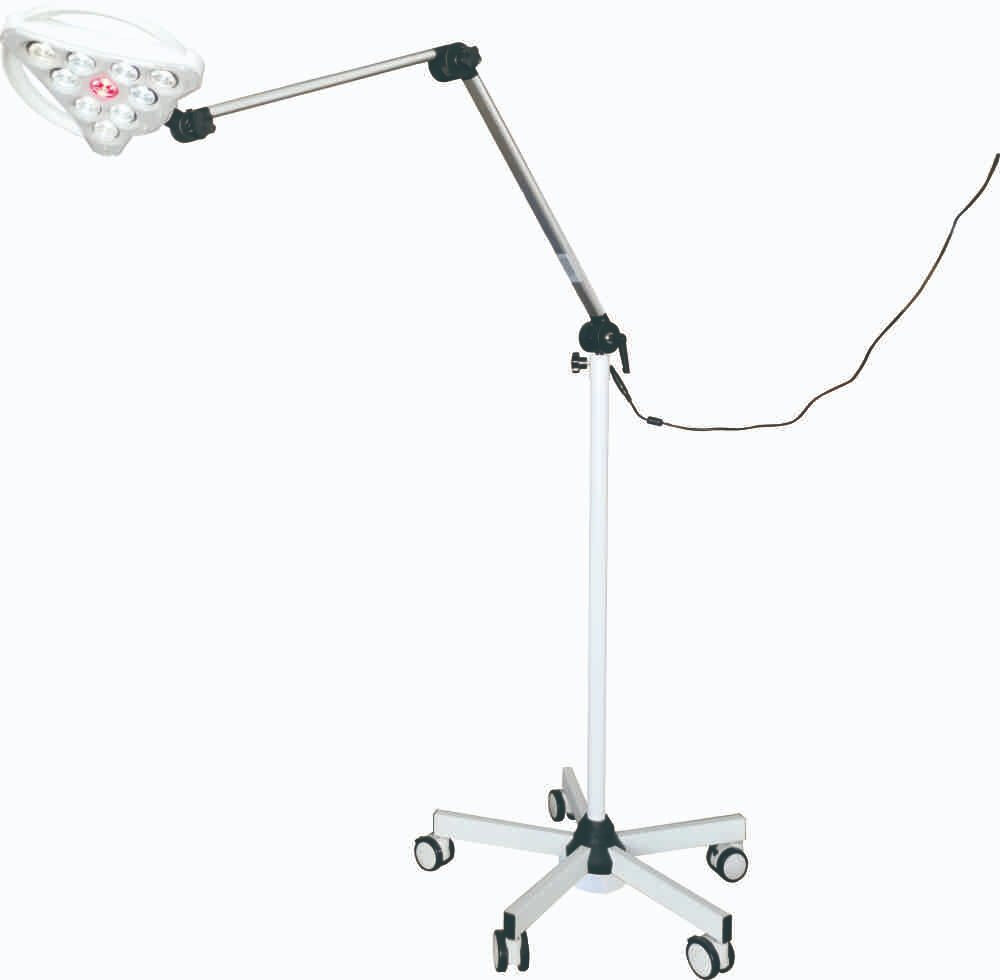
Blue Light Therapy is a relatively new and innovative approach to combat anxiety and depression. This therapy involves exposing an individual to blue light for a short period every day. The blue light therapy box emits a specific wavelength of light that stimulates the brain’s production of serotonin, a mood-regulating hormone. The therapy is entirely non-invasive and does not require any medication, making it an appealing option for individuals who prefer natural remedies. To use Blue Light Therapy for anxiety relief, it is essential to follow a few simple steps. Firstly, it is crucial to purchase a high-quality blue light therapy box that emits the right wavelength of light. These boxes are readily available online or at a local health store. Secondly, it is essential to use the blue light box for at least 30 minutes every day at the same time. This consistency helps regulate the body’s circadian rhythm and promotes better sleep patterns, which can significantly reduce anxiety symptoms. Lastly, it is crucial to sit at a distance of about 12-18 inches from the blue lightbox and avoid looking directly into the light. Instead, it is recommended to position the box at eye level and to look downward towards the light. By following these simple steps, individuals can reap the benefits of Blue Light Therapy and experience a significant reduction in anxiety symptoms.
When using blue light therapy for anxiety relief, it is important to follow best practices and guidelines to ensure safety and effectiveness. First, it is recommended to use a high-quality blue light therapy device that emits a specific wavelength of light, typically between 460-480nm. It is also important to use the therapy in a consistent and regular manner, typically for 20-30 minutes per session, and to avoid using the therapy close to bedtime to prevent disruption of natural sleep patterns. Additionally, it is important to consult with a healthcare professional before beginning blue light therapy, especially if you have any underlying medical conditions or are taking medications that may interact with the therapy. Finally, it is important to monitor your response to the therapy and adjust usage as needed, as some individuals may experience side effects such as eye strain or headaches. Overall, by following these best practices and guidelines, blue light therapy can be a safe and effective solution for anxiety relief.
Incorporating blue light therapy into your daily routine is a simple and effective way to reduce anxiety and improve your overall well-being. One way to do this is to invest in a high-quality blue light therapy lamp that emits a bright, blue light similar to natural sunlight. Place it in a convenient location in your home or office and use it for 20-30 minutes each day. You can also try using blue light therapy glasses that filter out harmful blue light from electronic devices and screens, which can disrupt your natural sleep patterns and exacerbate anxiety. By making blue light therapy a regular part of your daily routine, you can enjoy the many benefits of this powerful and natural anxiety relief solution.
As with any medical treatment, it is important to take precautions and be aware of potential side effects when undergoing blue light therapy. Some precautions include avoiding exposure to sunlight or other sources of bright light prior to treatment, as this can interfere with the effectiveness of the therapy. Additionally, individuals with certain medical conditions such as epilepsy or those taking medications that increase sensitivity to light should consult with their healthcare provider before undergoing blue light therapy. Common side effects of blue light therapy may include mild headaches, eye strain, or skin irritation, but these are typically temporary and resolve on their own. It is important to discuss any concerns or potential risks with your healthcare provider before starting blue light therapy.
Personal Experiences with Blue Light Therapy for Anxiety
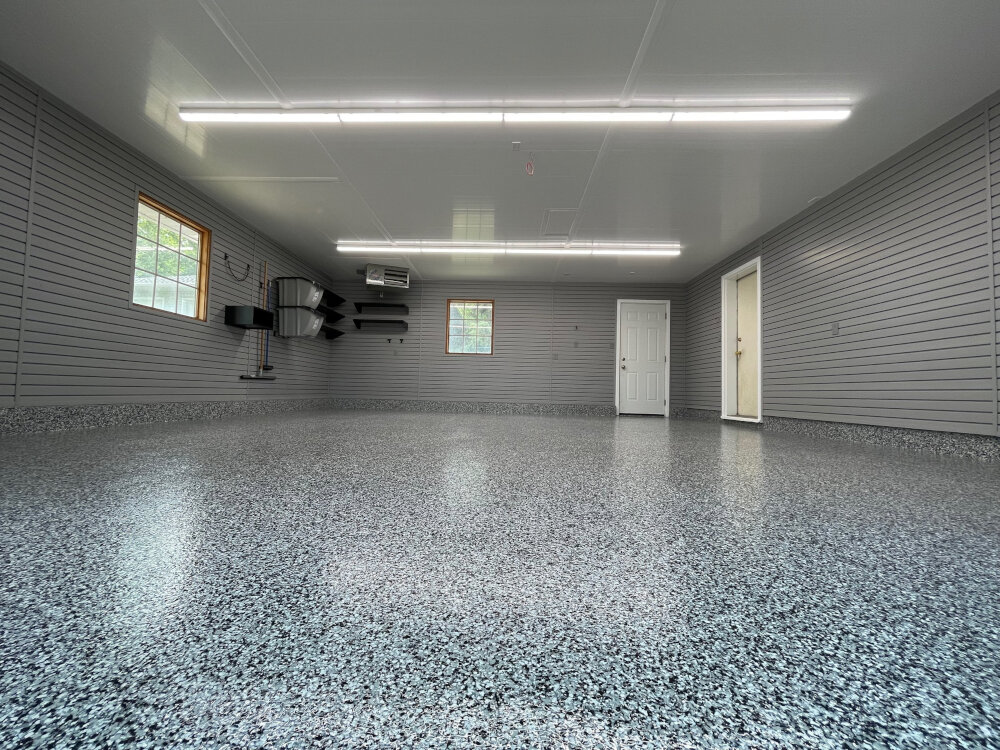
Blue light therapy has been a game-changer in my battle with anxiety. As someone who has struggled with generalized anxiety disorder for years, I was skeptical when I first heard about the therapy. However, after trying it out for myself, I can confidently say that it has made a significant difference in my life. The therapy involves sitting in front of a blue light for a certain amount of time each day, and while it may seem like a small task, I have found that it has had a big impact on my mental health. Not only does it help me to feel more relaxed and calm, but it also helps to regulate my sleep cycle, which is crucial for managing anxiety. One of the biggest benefits of blue light therapy for me has been the convenience factor. I can easily incorporate it into my daily routine, whether I’m working on my computer or watching TV. It doesn’t require any special equipment or time commitment, which makes it much more manageable than other forms of therapy. Plus, it doesn’t have any side effects, which is a huge relief for someone like me who has struggled with medication in the past. Overall, I would highly recommend blue light therapy to anyone who is looking for a natural, non-invasive way to manage their anxiety.
Testimonials from individuals who have tried blue light therapy for anxiety have been overwhelmingly positive. Many have reported feeling a significant reduction in anxiety symptoms after just a few sessions. They describe feeling calmer, more centered, and more able to cope with the stresses of daily life. Some have even reported improvements in their sleep patterns, which can be a particularly challenging issue for those with anxiety. Overall, the consensus seems to be that blue light therapy is a safe, effective, and surprisingly simple solution for anxiety relief. It’s no wonder that more and more people are turning to this innovative treatment to help them manage their anxiety and improve their quality of life.
Blue light therapy has been gaining popularity as a surprising solution for anxiety relief. Those who have undergone this therapy have reported significant improvements in their mood and anxiety levels. The treatment involves exposing individuals to blue light for a specific duration of time each day, which helps regulate their circadian rhythm and balance their serotonin levels. Participants have reported feeling calmer and more relaxed after just a few sessions, and the effects have been found to be long-lasting. Furthermore, the therapy has been found to be safe and does not have any side effects, making it a promising alternative treatment for anxiety disorders.
Compared to other anxiety treatments that individuals have tried, blue light therapy stands out as a unique and successful solution. While traditional treatments such as medication and therapy can be effective for some individuals, they may not work for everyone and can come with unwanted side effects. Blue light therapy offers a non-invasive, drug-free alternative that has been shown to significantly reduce symptoms of anxiety in multiple studies. Additionally, it is a relatively quick and easy treatment, with sessions lasting anywhere from a few minutes to an hour, making it a convenient option for those with busy schedules. Overall, blue light therapy provides a promising alternative to traditional anxiety treatments and should be considered by anyone struggling with anxiety symptoms.
Blue light therapy is a promising solution for anxiety relief that has gained increasing attention in recent years. The treatment involves exposure to blue light, which has been shown to have a calming effect on the mind and body. One of the main benefits of blue light therapy is that it is a non-invasive and drug-free approach, making it a safe and accessible option for those who prefer a natural approach to anxiety treatment. However, research on the effectiveness of blue light therapy for anxiety relief is still limited and inconclusive. More studies are needed to determine the optimal dosage and duration of treatment, as well as to identify which individuals are most likely to benefit from this therapy. Additionally, some individuals may experience side effects such as eye strain or headaches, which should be monitored carefully. Overall, while blue light therapy holds promise as a potential tool for anxiety relief, more research is needed to fully understand its benefits and limitations.
In conclusion, blue light therapy is a promising treatment option for anxiety relief. It is a safe, non-invasive, and drug-free alternative to traditional treatments. However, it is important to note that it may not be effective for everyone and should not be used as a replacement for professional medical advice. If you are considering blue light therapy, it is recommended to consult with a healthcare provider to determine if it is a suitable option for you. Additionally, it is important to use a high-quality device and follow the recommended guidelines for use. With proper use and guidance, blue light therapy may provide a natural and effective solution to alleviate symptoms of anxiety.
Conclusion
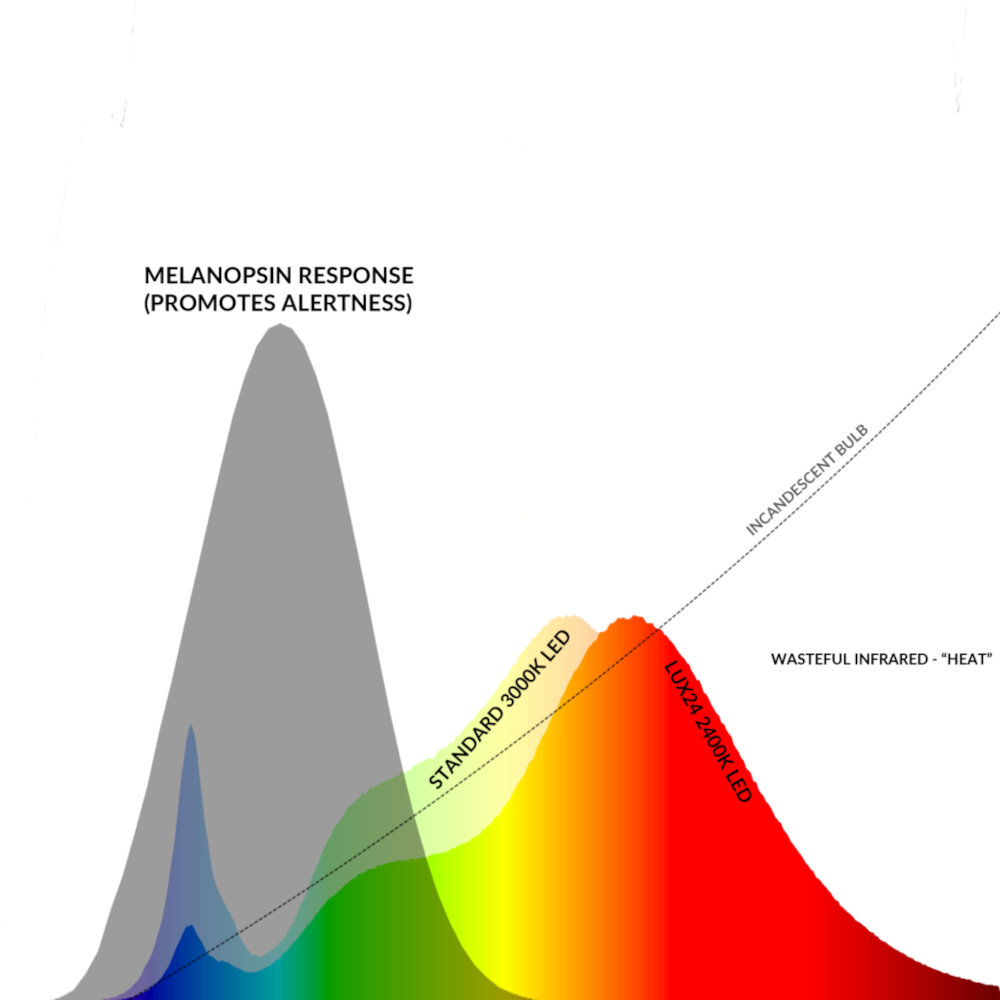
In conclusion, blue light therapy is a promising and surprising solution for anxiety relief. The therapy has shown to have numerous benefits as it promotes relaxation, reduces stress, and improves mood. The technology is non-invasive and has no adverse side effects, making it a safe and effective alternative or complementary treatment for anxiety. While more research is needed to fully understand the mechanism of action, blue light therapy has already proven to be a valuable tool in the fight against anxiety. It is an innovative approach that could revolutionize mental health treatment, providing individuals with a new and effective way to manage their symptoms and improve their overall quality of life.

